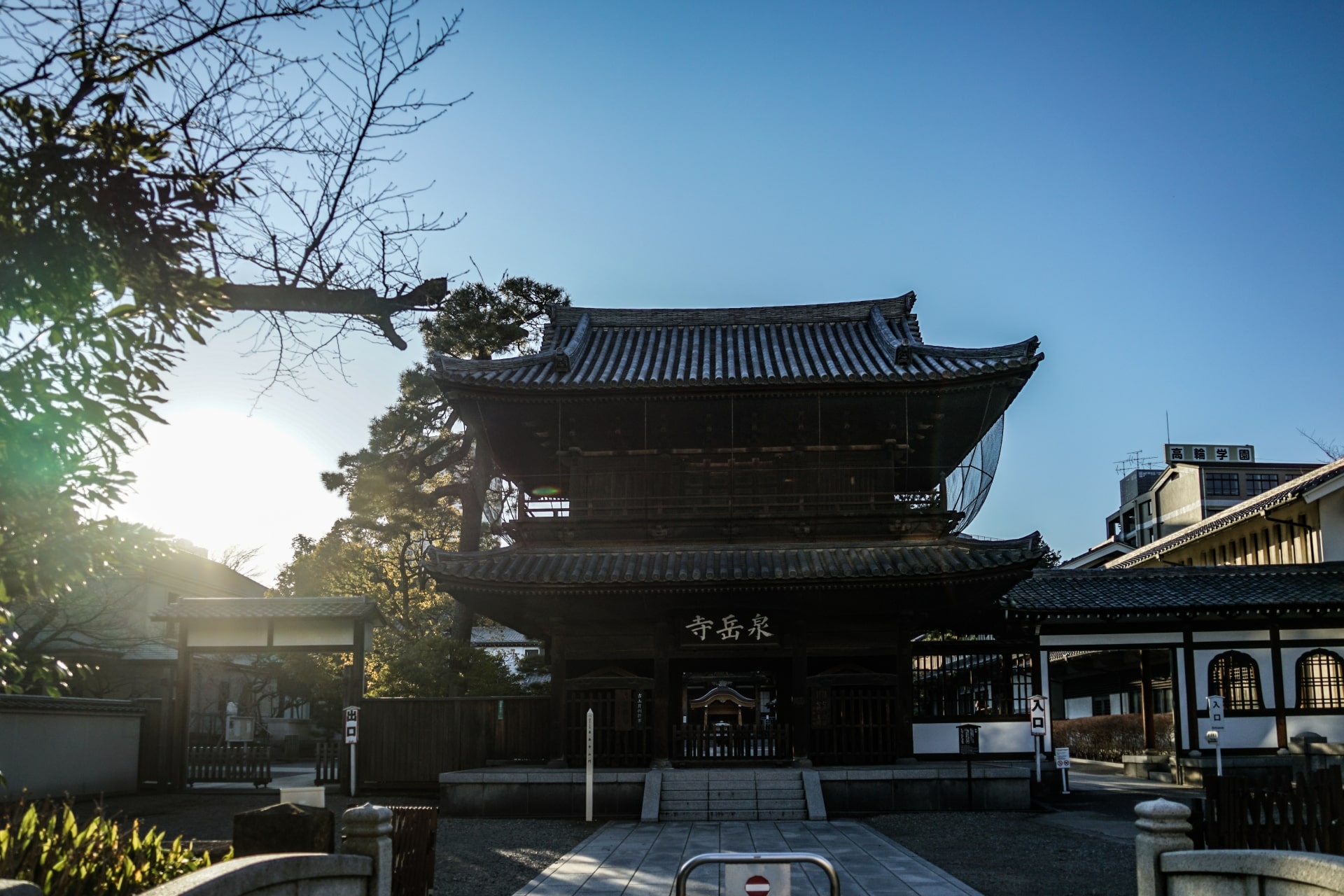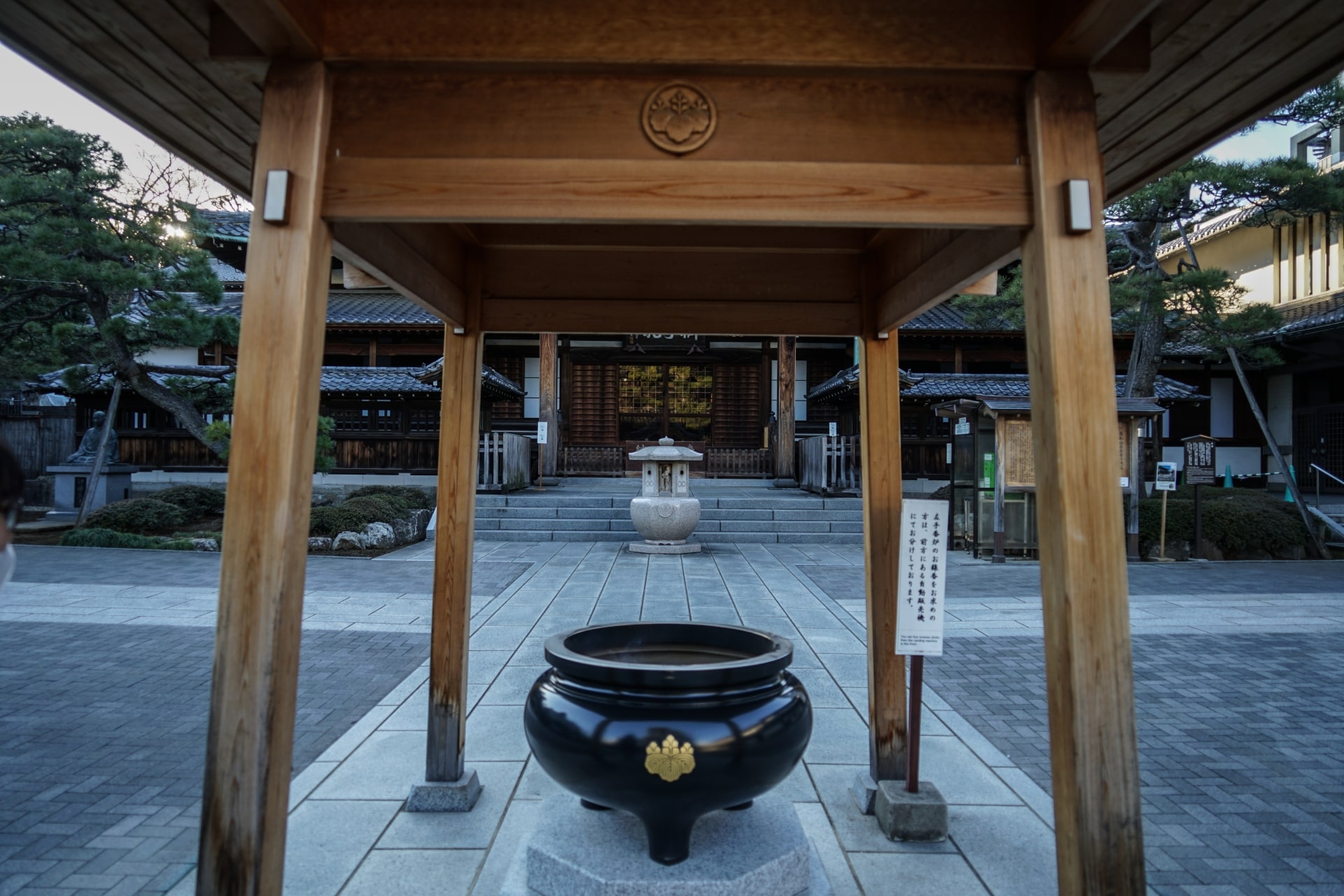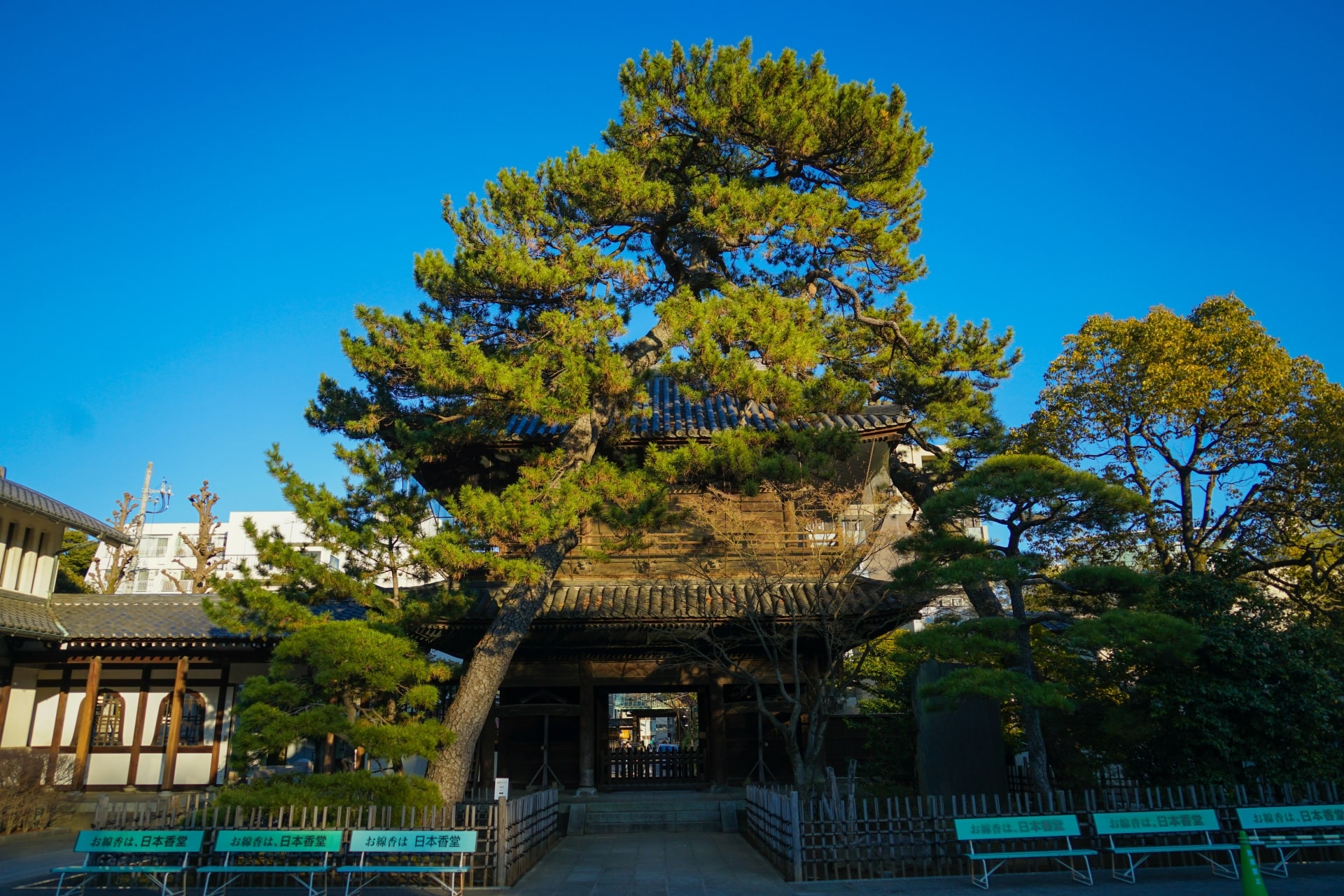
Do you love Samurai-related stories? Well, here is a place that is strongly attached to a famous Samurai story.
Sengakuji Temple is a popular tourist spot because it is deeply connected to the famous historical tale of the 47 Ronin. It is also an example of traditional Japanese architecture and Buddhist religious practices, offering a glimpse into the country’s rich cultural heritage.
In this article, I will introduce to you all you need to know about Sengakuji Temple; from its history and cultural significance to nearby tourist spots and how to get there. It is a location you should have in mind if you love Samurai stories.
What is Sengakuji Temple?

Sengakuji Temple (泉岳寺)is a famous and popular Buddhist temple in Japan.
Sengakuji Temple was originally built near Edo Castle in 1612 by Ieyasu Tokugawa (the first shogun of the Edo period) as the establishment of Dogen’s tradition. Just 30 years after its construction, it was devastated by fire, which led to reconstruction in its current location at Minato Ward.
Sengakuji Temple is a temple of the Soto sect in Takanawa, Minato Ward, Tokyo. It is most known for being where the graves of the “Ako Roshi” (赤穂浪士) (which were the 47 Roshi who beheaded Yoshihisa Kira in 1701) are located. Many people who are fans of the famous story come to pay their respects at this place.
Sengakuji Temple is popular not only as the resting place for Ako Roshi but also as a sightseeing spot where you can learn about the history of the Edo period. Sengakuji Temple is now regarded as a temple closely related to Ako Roshi, but it is one of the three major temples in Edo and is known as a prestigious Buddhist institution.
One of the popular tourist attractions of Sengakuji Temple is the Ako Roshi Memorial Museum. In the memorial hall, various items such as valuable relics and letters of Ako Roshi, clothing from the time of the raid, and Jindaiko (war drums) are exhibited.
What to do at Sengakuji Temple

In the main hall of Sengakuji Temple is the Marishiten (摩利支天) which is a hidden Buddha. This Marishiten was originally an Indian god, and it was believed by samurai that it would protect them from disasters and help them during fights.
Among the amulets, Kachimamori (omamori) is an amulet with a reputation for benefit. As the name suggests, it is said that if you strongly wish before a battle, you will be protected from a disaster.
At the Akogishi Memorial Museum, a video about the raid is screened, and you can learn about the story of Chushingura. It is very popular among foreign tourists, and it is recommended because you can see the English version of this video in addition to the Japanese version.
How to get to Sengakuji Temple

From Shinagawa Station, you can get to Sengakuji Temple in just 1 station.
You can go to Sengakuji Temple 24 minutes from Tokyo Station. Take the Yamanote Line for 5 stations from Tokyo Station and get off at Takanawa Gateway Station. It takes 12 minutes on foot from Takanawa Gateway Station to reach the main hall of the Temple.
You can also get to Sengakuji Temple in 27 minutes from Shibuya Station. Take the Yamanote Line and 6 stations from Shibuya Station, and get off at Takanawa Gateway Station.
Tourist attractions near Sengakuji Temple

Maxell Aqua Park Shinagawa(マクセル アクアパーク品川)
Located just 2 minutes on foot from Shinagawa Station. It is not just an aquarium, but also a state-of-the-art entertainment that combines sound, light, video, and wonderful aquatic creatures. The dolphin show is particularly amazing!
It is an urban aquarium that delivers the charm of the world of the sea in a space that makes full use of digital technology.
Takanawa Shrine(高輪神社)
You will find the Takanawa Shrine located on the top of a hill after climbing some stairs. It is a beautiful shrine and is famous for having a sculpture of Prince Shotoku, who is the entity enshrined in this Shinto Shrine.
Visitors, especially foreigners, will appreciate its tranquil gardens and the opportunity to experience authentic Japanese religious practices and festivals.
Happoen(八芳園)
Happoen is a serene Japanese garden known for its impeccable landscaping and historical significance. This tranquil oasis in the bustling city features a variety of beautifully manicured trees, each over 100 years old, and a traditional tea house. The garden is a perfect representation of classic Japanese aesthetics and offers a peaceful retreat from urban life. Visitors can enjoy traditional tea ceremonies, stroll around the koi pond, and admire the harmonious blend of natural beauty and artistry.
▽Subscribe to our free news magazine!▽
For more information about traveling in Japan, check these articles below, too!
▽Related Articles▽
▼Editor’s Picks▼

Post a Comment